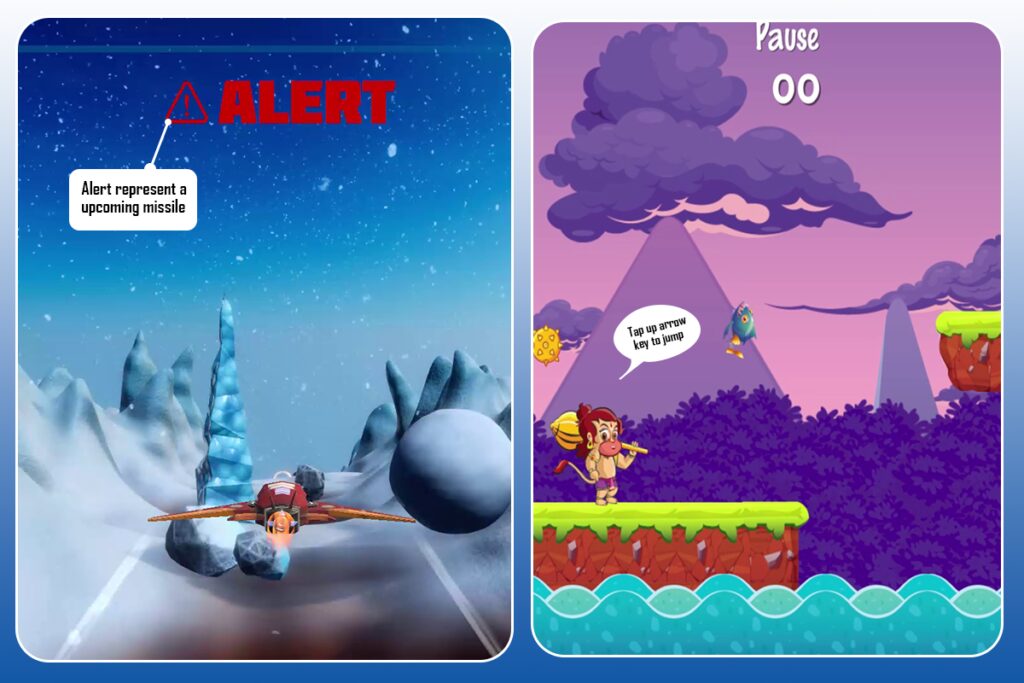This content is a guide to effective level design in creating immersive games. It emphasizes the importance of understanding the player experience and setting the stage through worldbuilding. The article also highlights the need to define objectives and constraints, create flow and pacing, utilize gameplay mechanics, implement environmental storytelling, and conduct testing and iteration. By following these principles, level designers can create captivating and immersive gameplay worlds for players. The content suggests that aspiring game developers can use this guide as a foundation for creating unforgettable gaming experiences.
Creating Immersive Games: A Guide to Effective Level Design
Introduction
Level design is a crucial aspect of game development as it directly impacts player engagement and immersion. A well-designed level can make or break a game, determining if players continue to explore its world or become disinterested. This article aims to provide a comprehensive guide to effective level design, covering various important aspects of creating immersive games that keep players hooked.
Understanding the Player Experience
Before diving into level design, it’s essential to understand the player experience. By putting ourselves in the shoes of potential players, we gain valuable insights into their expectations, motivations, and preferences. This perspective helps in designing levels that resonate with the target audience, providing an immersive gameplay experience.
Setting the Stage: Worldbuilding
The foundation of any immersive game is a well-crafted world. Worldbuilding involves creating a coherent and captivating universe for players to explore. This includes designing lore, landscapes, architecture, and characters that interact with the player. Through worldbuilding, level designers can establish a sense of place and purpose within the game.
Defining Objectives and Constraints
Before starting level design, it is crucial to define objectives and constraints. Objectives outline the goals players must achieve to progress, while constraints provide challenges and limitations within the level. These elements create a sense of purpose and urgency for players, driving them to engage more deeply with the game.
Creating Flow and Pacing
Flow and pacing are essential for maintaining player engagement. Flow refers to a state of being fully immersed in an activity, where the player experiences a sense of focus and enjoyment. Pacing involves balancing moments of high intensity with periods of rest to avoid overwhelming or boring the player. Level designers must carefully craft the flow and pacing to keep players engaged throughout the game.
Utilizing Gameplay Mechanics
Gameplay mechanics are the core interactive elements of a game. Level designers must understand and leverage these mechanics to create engaging and meaningful challenges for players. By introducing new mechanics progressively, designers can ensure a constant sense of growth and discovery within the game world.
Implementing Environmental Storytelling
Environmental storytelling is a powerful tool in level design that allows players to experience a narrative without explicit exposition. Through the environment, designers can communicate the game’s lore, history, and character motivations. By incorporating small details, hidden easter eggs, and interactive elements, level designers can enrich the player’s immersion and understanding of the game world.
Testing and Iteration
Testing and iteration are vital steps in level design to ensure the game’s quality and effectiveness. By playtesting the levels, designers can gather feedback, identify flaws, and make necessary adjustments. Iteration allows for refinement and enhancement, ensuring that the final product delivers a truly immersive experience for players.
Conclusion
Effective level design is crucial for creating immersive games that captivate players. By understanding the player experience, embracing worldbuilding, defining objectives, balancing flow and pacing, utilizing gameplay mechanics, incorporating environmental storytelling, and undergoing rigorous testing and iteration, level designers can craft unforgettable experiences for gamers. The techniques and principles discussed in this guide can serve as a foundation for aspiring game developers to create truly captivating and immersive gameplay worlds.
